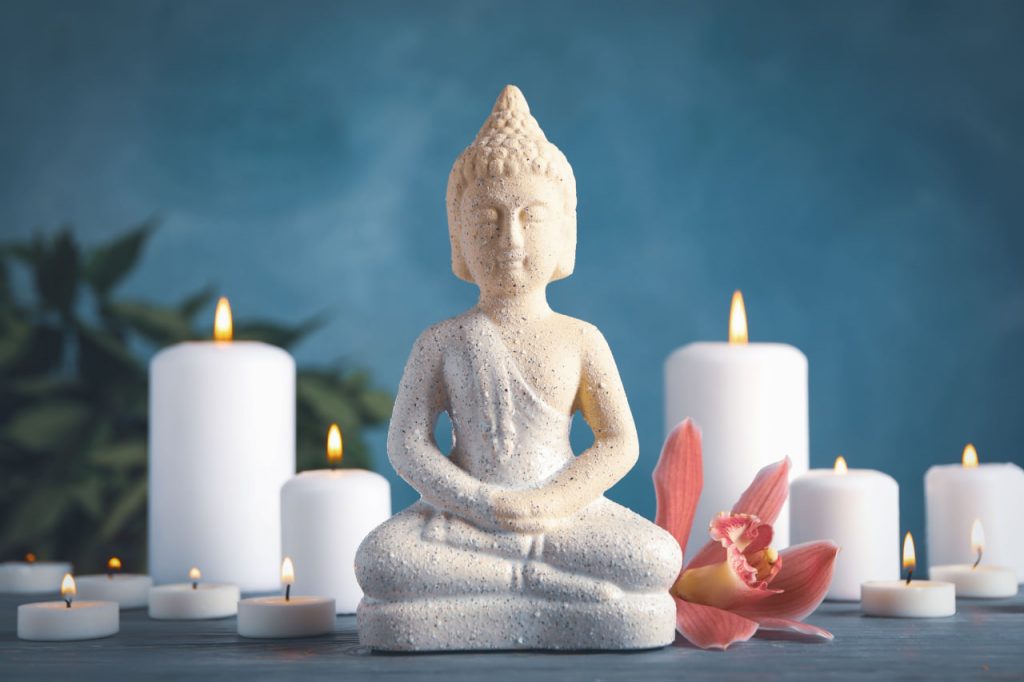In our fast-paced world, filled with relentless notifications, artificial lighting, and endless obligations, it’s easy to lose touch with the quieter parts of ourselves. We rush from task to task, rarely allowing space for stillness. But in the simple act of making a candle—melting, pouring, waiting—we find a portal back to presence.
Candle making, at first glance, might appear to be just another DIY hobby. Yet those who have sat with the process in silence know: it is a ritual. It is an act of devotion—to time, to intention, to the self.
Why Slowness Matters
The rhythm of candle making cannot be rushed. Wax melts only when it’s ready. Fragrance oils must be added at the precise temperature. If you hurry, the candle won’t set right, the scent won’t hold, the surface may crack. Nature insists that you slow down—and in doing so, it invites you to breathe more deeply, listen more closely, and soften the inner noise.
Unlike many modern crafts, candle making is inherently sensory:
- The warmth of melted wax in your hands.
- The scent rising gently as you stir.
- The texture as the wax cools and thickens.
- The glow that follows, long after the process ends.
Every step becomes an anchor to the present moment.
Candle as Symbol
A candle is more than a light source. Across cultures and generations, candles have symbolized hope, remembrance, sacred space, and transformation. Lighting a candle often marks the beginning of prayer, reflection, or healing. When you craft that candle yourself, the symbolism deepens—it becomes a personal artifact, charged with emotion and intention.
In our courses, we invite participants to explore:
- What does this candle represent?
- Who is it for?
- What do you want to let go of, or invite in, as it burns?
From grief rituals to new moon intentions, each creation becomes a vessel for emotional expression.
The Science of the Flame
Modern research supports what many instinctively feel during creative acts: the hands calm the mind. Studies in neuroscience show that engaging in mindful, repetitive motions like stirring, pouring, and sculpting reduces cortisol, the body’s primary stress hormone. When combined with pleasant aromas—lavender, sandalwood, cedar—these effects are amplified.
Many of our students report that candle making becomes a cherished part of their evening rituals, a gentle counterbalance to the demands of the day. They speak of greater clarity, better sleep, and an overall sense of groundedness.
More Than a Hobby
To create a candle by hand is not about productivity—it is about presence. You are not merely making something. You are remembering how to be with something. With the heat of the wax. With the quiet of your thoughts. With the rhythm of your breath.
You are not just lighting a candle.
You are lighting intention.
You are lighting memory.
You are lighting the path back to yourself.
At Candle Making Meditation, we offer courses that honor this slowness. Whether you’re a beginner seeking creative calm or a seeker of deeper ritual, we welcome you to explore the soft light of this practice.
Let each flame you make remind you: you can always return to stillness.

